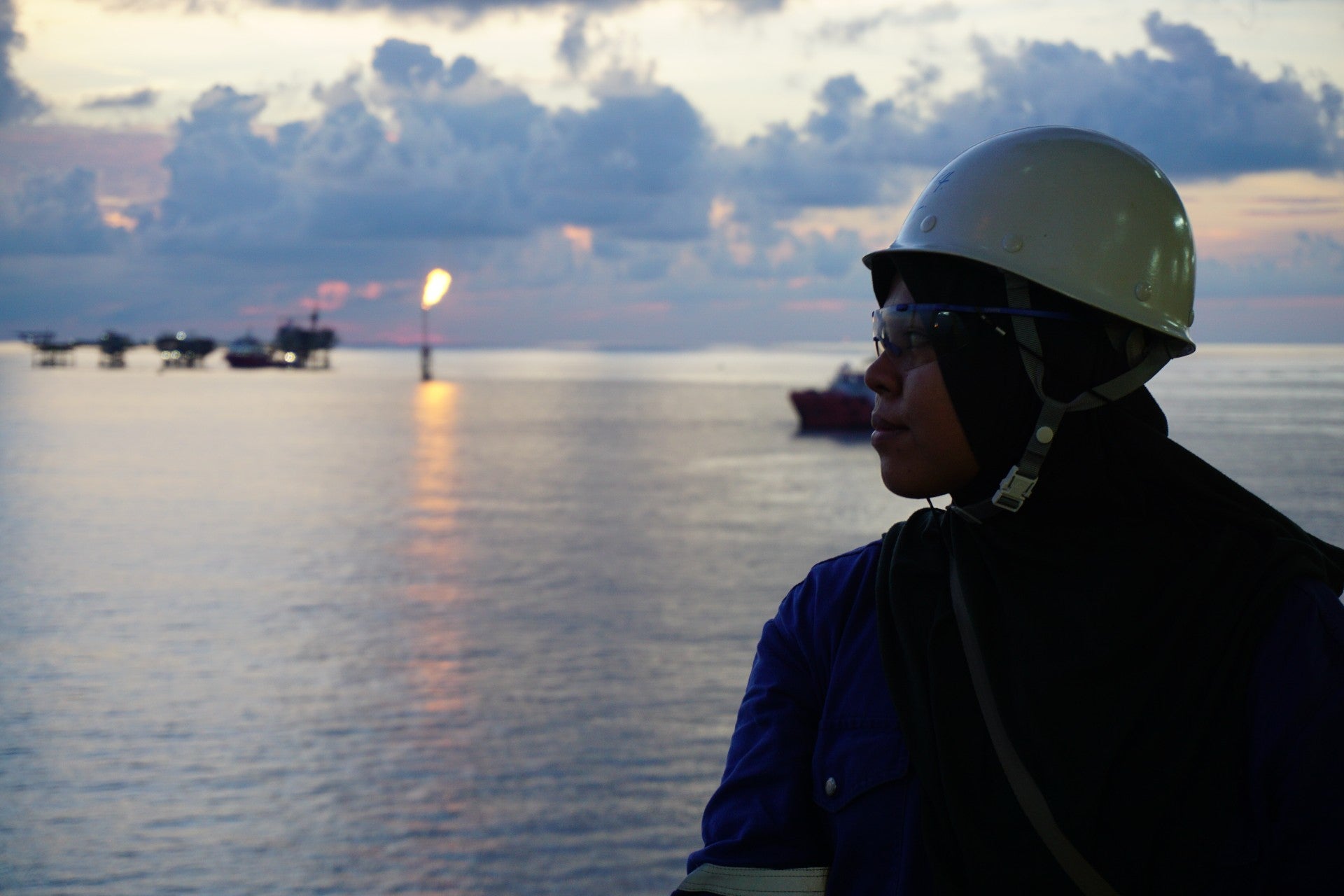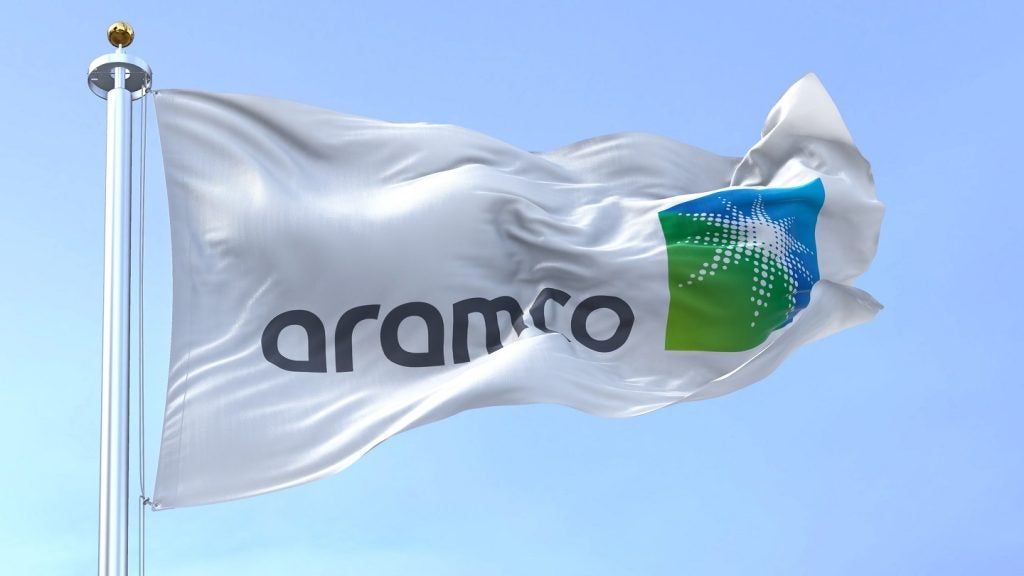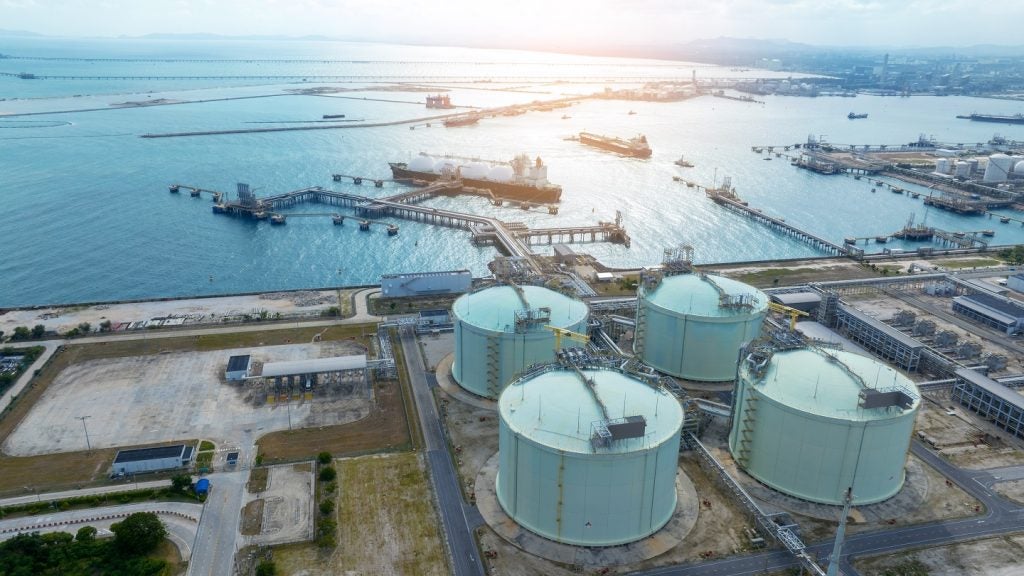
We speak with Andrea Ostby, managing director and partner at Boston Consulting Group’s energy, industrial goods and operations practices, on her group’s latest report looking into the lack of gender diversity in the oil and gas industries, and how change can be enacted.
A new report from the World Petroleum Council (WPC) and Boston Consulting Group (BCG) has found that the number of women in the oil and gas industry has remained stagnant since 2017 – remaining at 22%. The report, ‘Untapped Reserves 2.0: Driving Gender Balance in Oil and Gas’, demonstrated that even as commitments to improve diversity have been strengthened, no tangible progress has been made.
With the global need for innovation rising as we get closer to net-zero deadlines, the groups say that improving diversity is an answer we deeply need. WE dive into the report’s findings, and learn how even our definitions of diversity must change if genuine progress is to be seen.

Scarlett Evans (SE): What incentivised this report?
Andrea Ostby (AO): The impetus for the report was five or so years ago. It came out of a joint recognition that talent is one of the most critical priorities for oil and gas in general, and gender diversity is a space where oil and gas is really lagging behind. It felt like it needed a deep dive into the data around it.
I think the other thing that was recognised at the time was, this is a sector-wide issue. And while there’s absolutely exceptions in terms of specific companies that look better than the average, as you see in the report, we just don’t have enough women in the industry.
We thought it would be useful to all the companies that participated to understand what this looks like globally. What are the issues that may be pervasive across the sector? The report came from the need and the desire to help promote this topic and to give people real data so that we can really target interventions.
How well do you really know your competitors?
Access the most comprehensive Company Profiles on the market, powered by GlobalData. Save hours of research. Gain competitive edge.

Thank you!
Your download email will arrive shortly
Not ready to buy yet? Download a free sample
We are confident about the unique quality of our Company Profiles. However, we want you to make the most beneficial decision for your business, so we offer a free sample that you can download by submitting the below form
By GlobalDataThe important part of this project is that we don’t just want a snapshot, we want to see how the industry is evolving. This is actually Untapped Reserves 2.0, the first report we did was in 2017. We have already committed to Untapped Reserves 3.0, which will be presented in 2023.
SE: What did your report discover?
AO: The regional data is different in different geographies, but on average we were at 22% in terms of the overall proportion of women in oil and gas in 2017. And that number has remained exactly the same across regions, roles, and career steps.
SE: What are some examples of methods people could implement to improve diversity?
AO: We know that mentorship and apprenticeship is a real area of opportunity. It’s something where women don’t feel like they get as much of it as some of the men do. We also know that there’s unconscious bias in promotion and advancement decisions, and so there have been some good examples of companies pushing that envelope and trying to take as much of the bias out of that process as possible by doing things like assessing candidates much more on capabilities versus just years and role.
Technical and operational goals prove a different challenge. What we see in the data is we’re only getting 10% of women into those roles at the entry level. It largely remains flat throughout their career progression so by the time you get to the executive level, it’s still about 10%.
The problem there is if we’re not getting enough women early on, we don’t have the chance to develop them and advance them. And so while on the business and administrative side it is much more about how do we retain the talent, on the technical and operational side we need to fight much harder to even get that technical talent.
SE: Do we know the obstacles preventing this from changing?
AO: I think unfortunately there’s no panacea. Everyone’s looking for a silver bullet but it’s just a complex issue. Broadly, people, not just women but people, want to do work that matters. And they want to work in a place where they matter. And when I say they matter, they need to feel valued, respected, and supported. And I think those are the two gaps that oil and gas really need to address.
These companies are going to be at the forefront of providing energy solutions in a way that protects the climate going forward. It’s a very high calling and very important work. What we’re seeing as part of the study, in particular from women, is that they’re not feeling like they’ve got the same opportunities and support that men do as they progress. And it makes it a less appealing career track.
We know that increased diversity delivers better, faster innovation results. If there was ever a time where innovation was needed, we’re living in it, especially in this sector. We just will not be able to respond to the needs of this change that we’re in without the talent required to deliver that.
SE: Is the report intended to be merely data where people can see where they’re lagging? Or is it also intended to offer guidelines for how they can change?
AO: It’s both. We want to have the data foundation, but the intent is that there are things businesses can take from the report, learn from others, and actually employ in their organisations.
We do have some examples of what companies have done who we feel are leading the way on certain fronts, but the other thing that we’ve included in this report is what we call the Maturity Assessment Framework.
This is a framework based on 12 different dimensions that we know help support and drive gender diversity, showcasing different interventions that we’ve seen, going from table-stakes – which allows you to at least start on the journey – all the way to the interventions we’re seeing from some of the most progressive companies. It’s absolutely intended to be a tool for action.
SE: What changes did you see between the 2017 and 2021 reports?
AO: One thing that we did see change in the 2017 report, compared to this one, is the amount of priority that gender diversity has been given in the sector and the number of actions taken. This is not a story of leaders not understanding the need. A lot of actions have been taken in terms of policies, procedures, best practices, but we are not seeing the outcomes yet.
Another key insight from the 2017 report was how important the vocal commitment of senior leadership to gender diversity really is. That came out again very clearly in this latest report, but even stronger.
In companies where the CEO is very visibly and vocally committed to gender diversity, the men in those companies are four times more likely to also say it’s important to them. It can’t just be lip service, it has to be followed by action. But the role of senior leaders in creating the right environment and expectation is paramount.
Another very important takeaway from the data, and something that’s new this year versus 2017, is the base definition of diversity.
We’re looking for progress over time, certainly, but we also need to progress and evolve our thinking over time and part of that is really thinking through diversity more broadly. It’s really important to employees, especially as the workforce is evolving, that the values of the firm they work at reflect their own. Gender is absolutely a critical component of that, but that’s not all.






